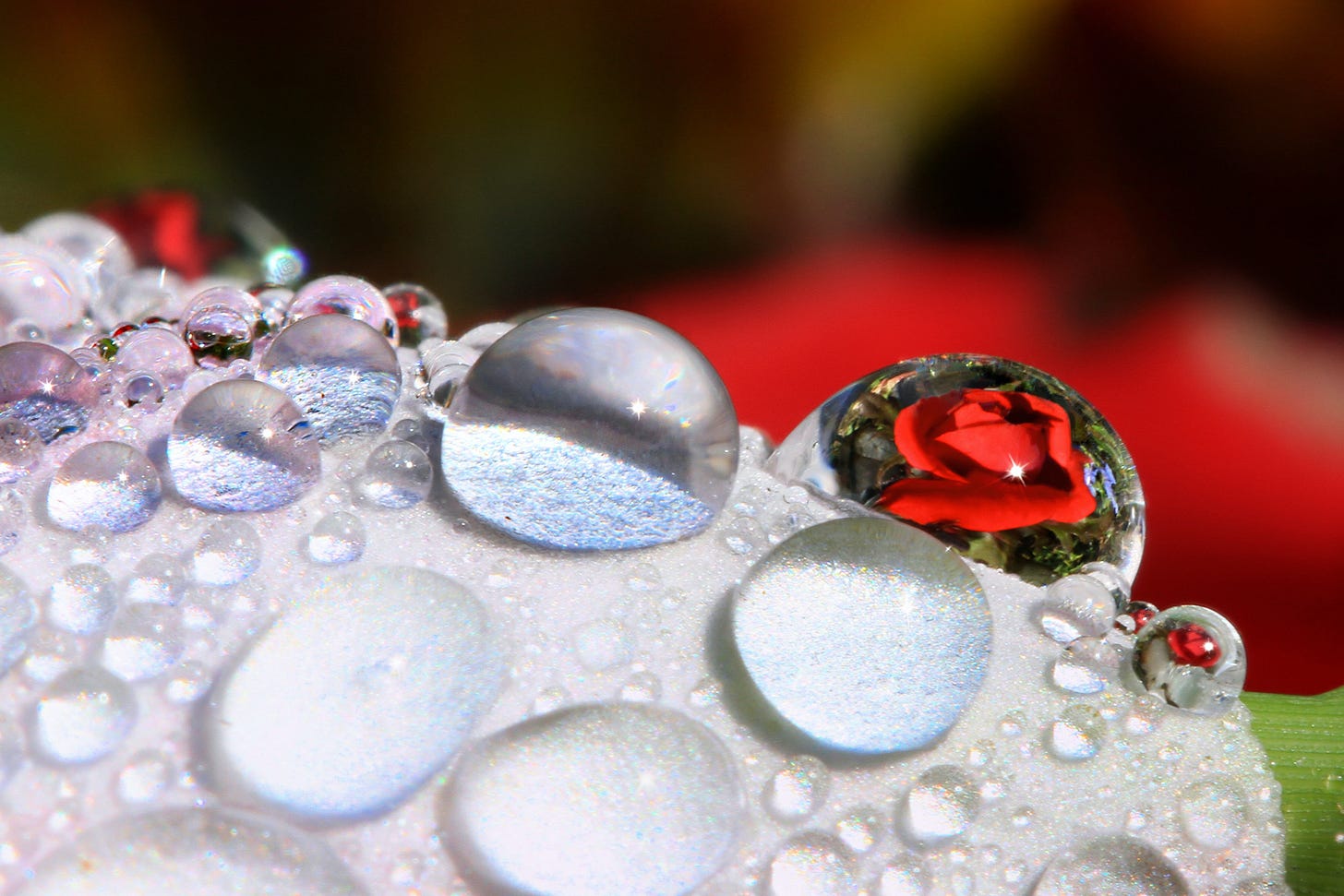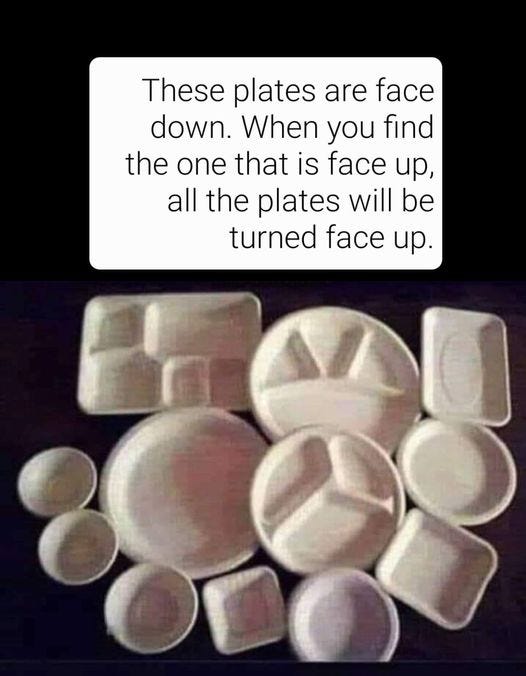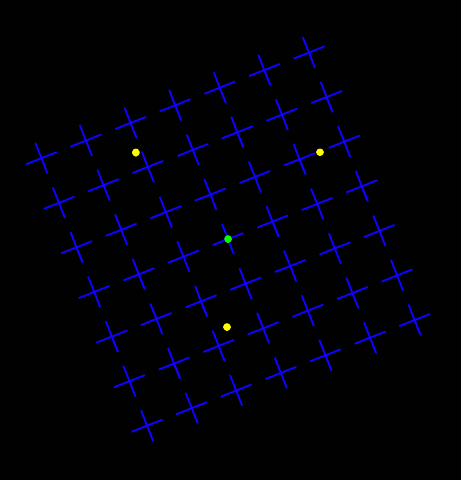Some Whackadoodle Fun, or I Love Me Some Good Optical Illusions
An article I put together just to send you some Whackadoodle fun.
Our eyes like to play tricks on our brains, and we seem to enjoy it when we see past those tricks. At least I do. It’s amazing to think that our eyes are really just collecting reflected light, and then sending signals to our brain for it to interpret. Here are five optical illusions, and three short videos that sort of explain how the whole optical illusion stuff works. Enjoy!
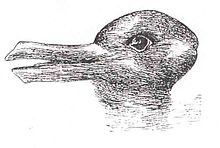

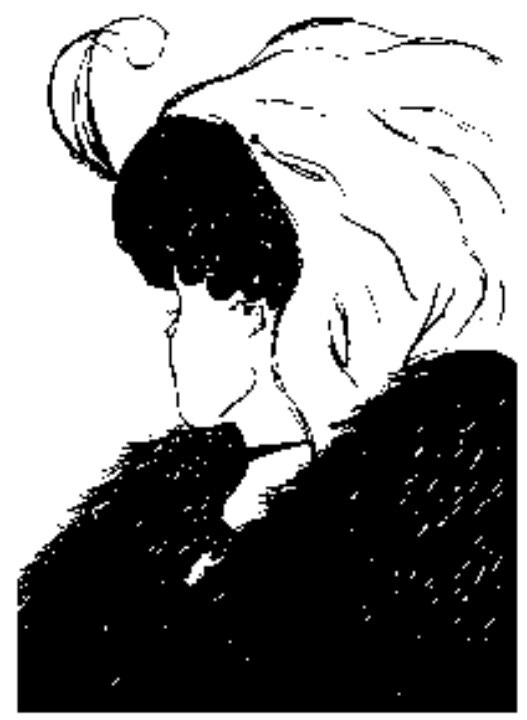
The optical illusion below needs some explaining. It’s an example of motion induced blindness: while fixating on the flashing dot, the stationary dots may disappear due to the brain prioritizing motion. Just stare at the blinking dot, and try not to blink. The three stationary dots will appear to disappear even though they are still there.
And now, let’s ASK A SCIENTIST how it works.
Ask a scientist, “What is an Optical Illusion?” Brought to you by The National Eye Institute.
Ask a scientist, “What do our eyes do while we sleep, and why can’t we see colors as well in the dark?” Again, brought to you by The National Eye Institute.
And one final three minute video brought to by Inside Science TV. It is the best one if you want a slightly more adult answer for how optical illusions work. But I warn you, your eyes might feel a little overwhelmed after watching it.
Have a Whackadoodle Day my dear friends.




